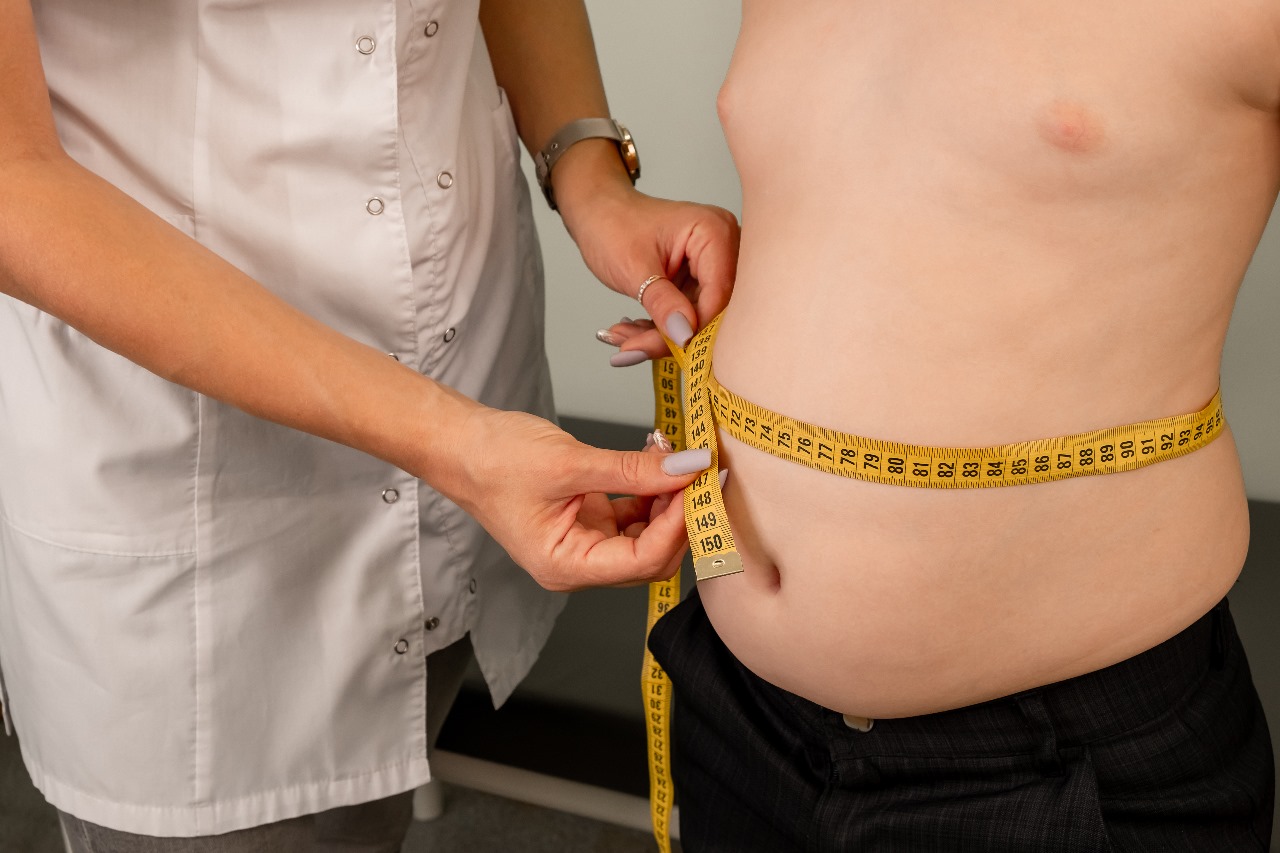Obesity is a major international public health problem and Obesity is a major international public health concern, and Americans are among the heaviest people in the world. In India, the percentage of obese individuals rose steadily until 2003, after which it has remained unacceptably high.
Many people find that although they initially lose weight through dieting, they quickly regain it once the diet ends. Since it is difficult to maintain weight loss over time, it is important to have proper information and consistent support before beginning a program. You are more likely to succeed in losing weight and keeping it off when you believe that your body weight can be controlled.
Some people consult their healthcare professionals for guidance in choosing the right plan, monitoring progress, and receiving advice and support throughout the process. To identify which treatment—or combination of treatments—will work best, it is important to calculate your Body Mass Index (BMI) and measure your waist circumference.
• A BMI between 25 and 29.9 is considered Overweight
• A BMI of 30 or greater is considered Obese
A waist circumference greater than 35 inches (88 cm) in women and 40 inches (102 cm) in men increases the risk of obesity-related complications such as heart disease and diabetes.
“People who are obese and who have a larger waist size may require more aggressive weight loss treatment than others,” says Mrs. Ketki U. Falak, core leadership at Core Concept.
When compared to fat-freezing and laser fat removal procedures (such as iLipo, Zerona, and SmartLipo), Ultrasonic Cavitation provides faster, pain-free results with no downtime.


The Ultrasonic Cavitation machine uses high-frequency sound waves to disrupt fat cell walls, causing the fat cells to release their contents into the body’s fluid spaces. The lymphatic system then picks up this waste material and transports it to the liver, where it is naturally eliminated through sweat, urine, and feces.
Results are often visible immediately, but the full process continues over several days, with improvements becoming more noticeable over time.

The best candidates for Ultrasonic Fat Removal are healthy men and women who are moderately overweight and wish to lose between 5–100 pounds.
You are not a good candidate if you:
Are pregnant or nursing
Are taking anticoagulants
Have a pacemaker or metal implants
Have keloids, recent surgeries, or severe health conditions such as diabetes, heart disease, cancer, tumors, epilepsy, abnormally high/low blood pressure, hemophilia, thrombosis, phlebitis, tuberculosis, active infection, or immunodeficiency
If you have any doubts about your eligibility, consult your physician before beginning treatment.
Stay Connected, Stay Informed